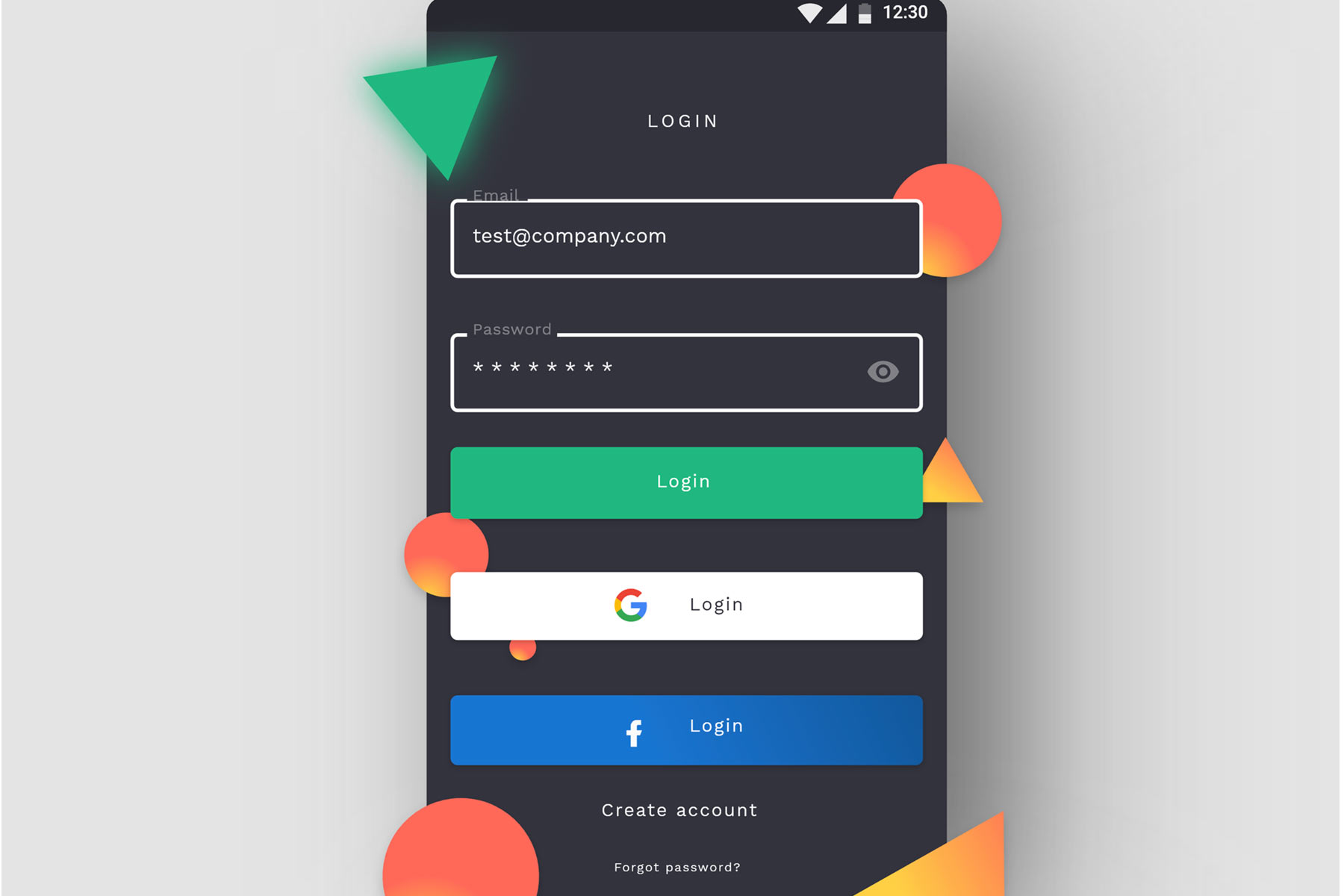- Customer Experience, Design, Design Theory, Product design, Psychology and Human Behavior
Wrestling with mental health on- and off-screen
Article by Jeremy Cherry
A designer’s guide to anxiety
- The global burden of anxiety disorders is constantly increasing, as does the need to discuss how technologies contribute to it and whether designers can alleviate the problem.
- Although designers are not to blame for modern anxiety, they have the tools to incentivise healthier living.
- Users, for their part, have to examine how they interact with technologies and how that affects their mental health.
Share:A designer’s guide to anxiety
Share this link
- December 15, 2021
8 min read







